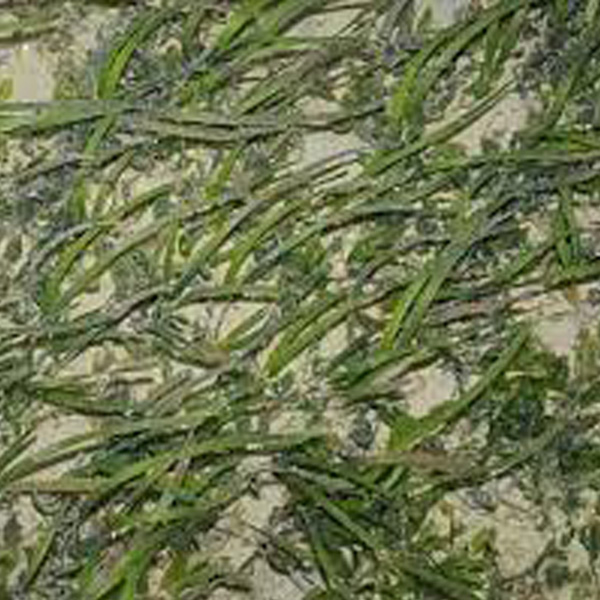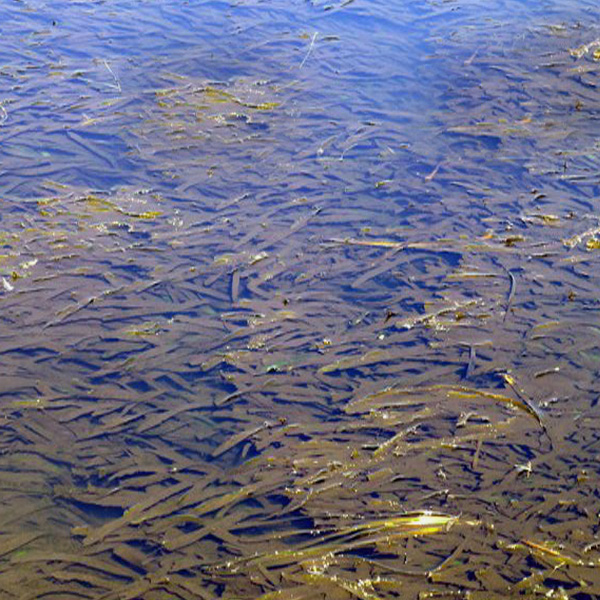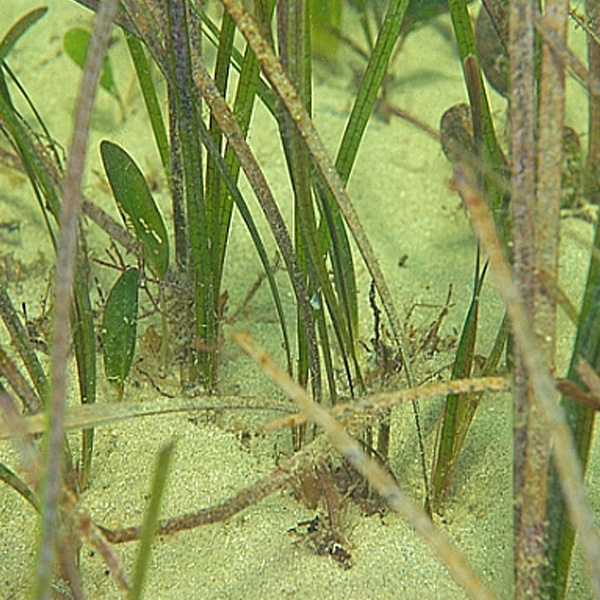Ribbonweed
weed identification
Ribbonweed is a submerged plant with long, strap-like leaves reaching up to 3 m in length. They produce female flowers on a coiled stalk that are white on the first day then subsequently pink. The male flowers grow near the base of the plant and float to the surface at maturity.
Found submerged in shallow, still or flowing water in creeks, rivers and dams. It prefers low salinity environments and a mud or sandy layer.
They reproduce sexually when the male and female flowers make contact.
Flowers detach and are spread by wind and currents
Ribbonweed is useful for providing oxygen to an aquatic environment whilst providing valuable habitat and food for fish and macroinvertebrate.
What does Ribbonweed look like?
Disadvantages of Ribbonweed
Dense infestations by Ribbonweed can cause significant problems such as:
-
Obstruct flow of pumps and irrigation systems
-
Form a dense monoculture that can dominate the water body
-
Reduce food and habitat for fish
-
Restrict recreational activities such as boating
-
Reduce the aesthetic appeal
treatment
AQ200 Aquatic Herbicide – Chemical Herbicide designed to kill submerged weeds quickly. Use on mild to severe infestations.
Aquatic Weed Rake and Razor combo – DIY physical removal. Ideal for mild infestations, sensitive water bodies or to aid herbicide treatment
Aquatic Harvesting (Mobitrac) – Large amphibious machine that clears submerged aquatic weeds. Book this service for severe infestations or for larger water bodies.
prevention options
Aquatic Blue – Blue dye that may reduce temperature of the water body by reducing UV light penetration. This may then increase oxygen saturation.
Aerating Fountains – Reduces the severity and likelihood of aquatic weed infestations. Use in any body of water.






